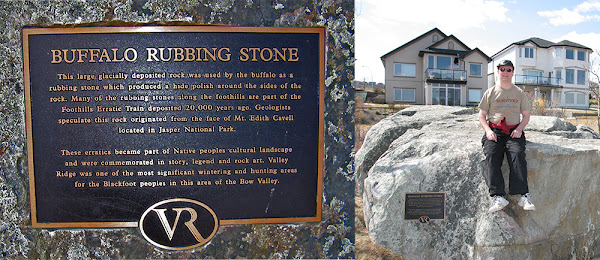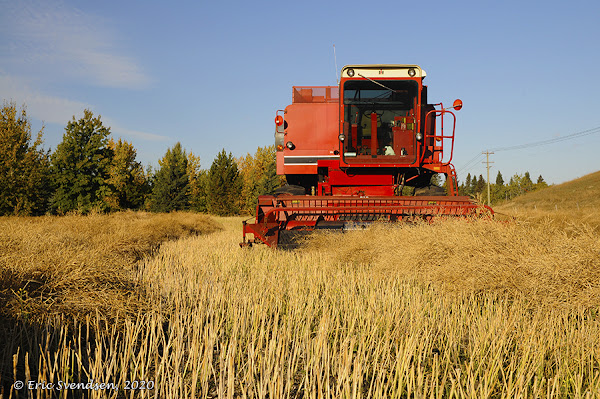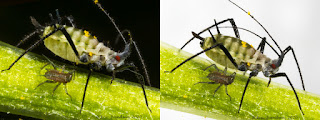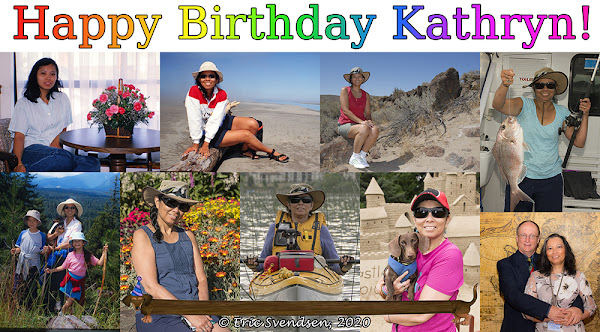Pretty girls and a compact camera.

Pretty girls, wonderfully bright clothes, a lightly clouded day, and a camera. Sounds perfect. I took these photographs back in 2010. I have been going through my old photos and looking for images I can use. I have digital images from around 2002 and film and slide from before that. Covid, it turns out, has given me the perfect opportunity to peruse through the past. Besides, it gives me a break from painting. I used a Canon SX1-IS, which is a compact 10 megapixel camera that boasts a 20x zoom lens. Although today's standards would scorn 10 MP, the fact is that there is plenty of detail present; enough for serious cropping or enlarging. This is one of the reasons I encourage people starting out to consider buying older equipment to learn on. It still has plenty of functionality and most digital DSLRs are rated for well over 150,000 actuations. Most people wouldn't take that many pictures during their entire lives. This particular compact camera used a small se



























